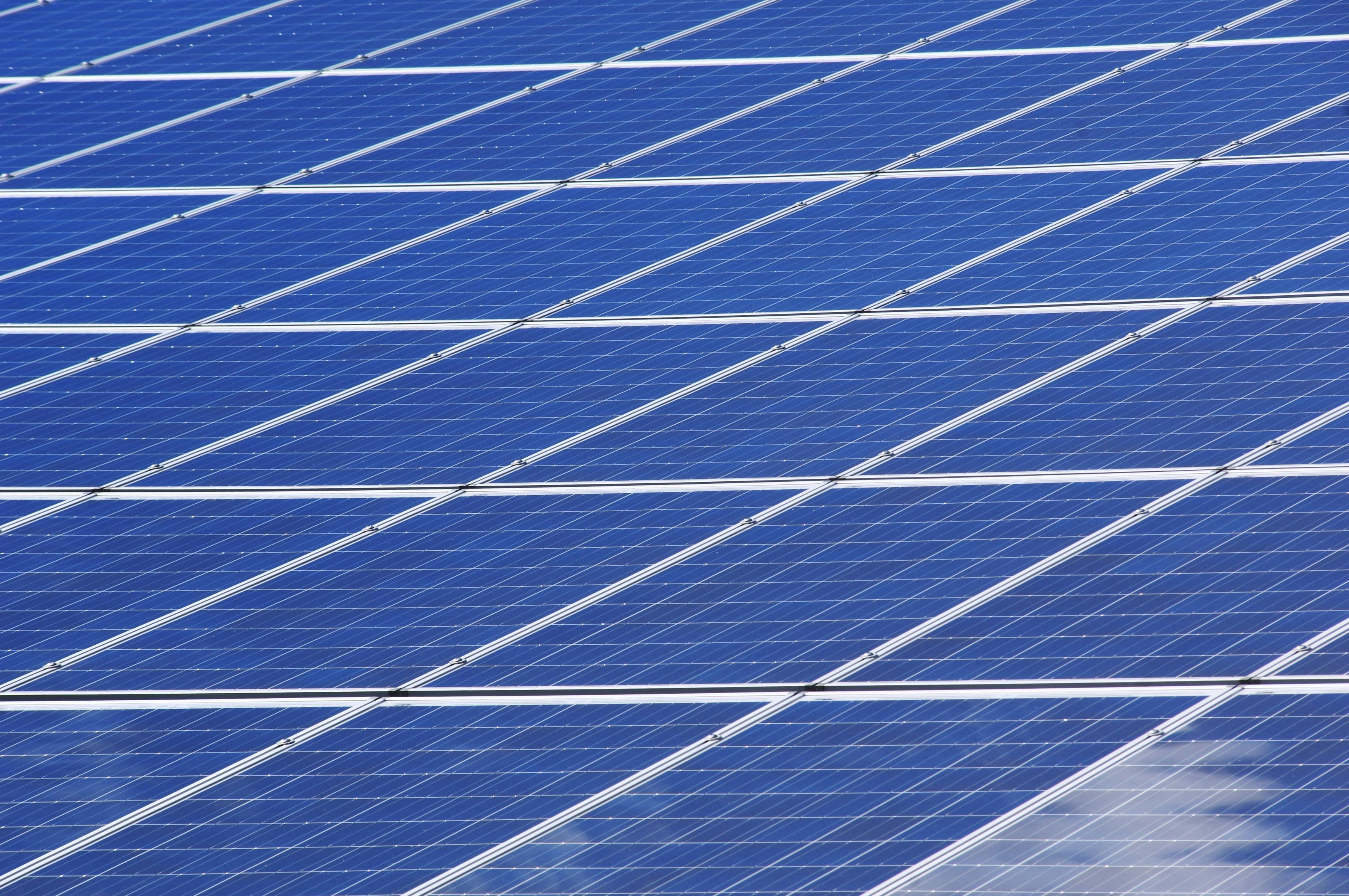Solar Battery Technology: Storage Solutions for Renewable Energy
Solar batteries have revolutionised how households and businesses store renewable energy, providing reliable power even when the sun isn't shining. These advanced storage systems capture excess solar energy during peak production hours and release it during periods of high demand or low sunlight. With Australia's abundant sunshine and growing focus on energy independence, understanding solar battery technology has become increasingly important for property owners considering sustainable energy solutions.

Understanding Solar Batteries and Their Core Functions
Solar batteries serve as the backbone of modern renewable energy systems, storing electrical energy generated by solar panels for later use. These sophisticated devices convert and store direct current (DC) electricity from solar panels, making it available when solar generation is insufficient to meet energy demands. The technology has evolved significantly, with lithium-ion batteries now dominating the market due to their superior energy density, longer lifespan, and improved safety features compared to traditional lead-acid alternatives.
Solar Power Generators: Portable and Fixed Solutions
Solar power generators combine solar panels, batteries, and inverters into comprehensive energy systems. Portable generators offer flexibility for camping, emergency backup, or temporary power needs, typically featuring compact designs with built-in handles and wheels. Fixed installations provide more substantial power capacity for residential or commercial applications. These systems automatically switch between solar charging during daylight hours and battery power during evening or cloudy conditions, ensuring continuous electricity supply without manual intervention.
Solar Power Systems Off Grid: Complete Energy Independence
Off-grid solar systems represent the ultimate in energy independence, completely disconnecting properties from traditional electrical grids. These comprehensive installations require careful sizing of solar panels, battery banks, and backup generators to meet all electrical needs year-round. Battery storage becomes critical in off-grid applications, as there’s no grid connection to fall back on during extended periods of poor weather. Proper system design considers seasonal variations in solar production, with battery banks typically sized to provide three to five days of backup power.
DIY Solar Power System: Planning and Implementation
DIY solar power systems have gained popularity among technically inclined homeowners seeking to reduce installation costs while gaining hands-on experience with renewable technology. These projects require careful planning, including electrical load calculations, component selection, and compliance with local building codes. Battery selection becomes particularly crucial in DIY installations, as improper sizing or installation can compromise system performance and safety. Many DIY enthusiasts start with smaller systems, gradually expanding their solar and battery capacity as experience and confidence grow.
Solar Panel Efficiency: Maximising Battery Charging Performance
Solar panel efficiency directly impacts battery charging performance and overall system effectiveness. Modern panels achieve efficiency ratings between 15-22%, with higher-efficiency models generating more electricity per square metre of installation space. This improved efficiency means faster battery charging during optimal sunlight conditions and better performance during marginal weather. Panel orientation, tilt angle, and shading considerations all influence how quickly batteries reach full charge, making proper installation design essential for maximising energy storage potential.
| Battery Type | Provider | Capacity Range | Cost Estimation |
|---|---|---|---|
| Lithium-ion | Tesla Powerwall | 13.5 kWh | $15,000-$20,000 |
| Lithium-ion | Sonnen | 5-20 kWh | $12,000-$25,000 |
| LiFePO4 | BYD | 2.56-25.6 kWh | $8,000-$18,000 |
| Lead-acid | Trojan | 100-400 Ah | $3,000-$8,000 |
Prices, rates, or cost estimates mentioned in this article are based on the latest available information but may change over time. Independent research is advised before making financial decisions.
Maintenance and Longevity Considerations
Proper maintenance extends battery life and ensures optimal performance throughout the system’s operational period. Lithium-ion batteries typically require minimal maintenance beyond regular monitoring of charge levels and temperature conditions. Lead-acid batteries demand more attention, including periodic water level checks and equalisation charging cycles. Most modern solar batteries include built-in management systems that monitor cell voltages, temperatures, and charge cycles, providing alerts when maintenance or replacement becomes necessary. Expected lifespans vary significantly, with lithium batteries lasting 10-15 years compared to 3-7 years for lead-acid alternatives.
Solar battery technology continues advancing rapidly, with new chemistries and management systems improving performance while reducing costs. As Australia moves toward greater renewable energy adoption, battery storage becomes increasingly valuable for both individual properties and the broader electrical grid. Understanding these technologies helps property owners make informed decisions about their energy future, whether pursuing complete grid independence or simply reducing reliance on traditional electricity sources. The combination of falling prices, improving performance, and supportive government policies makes solar battery systems an increasingly attractive investment for sustainable energy storage.




